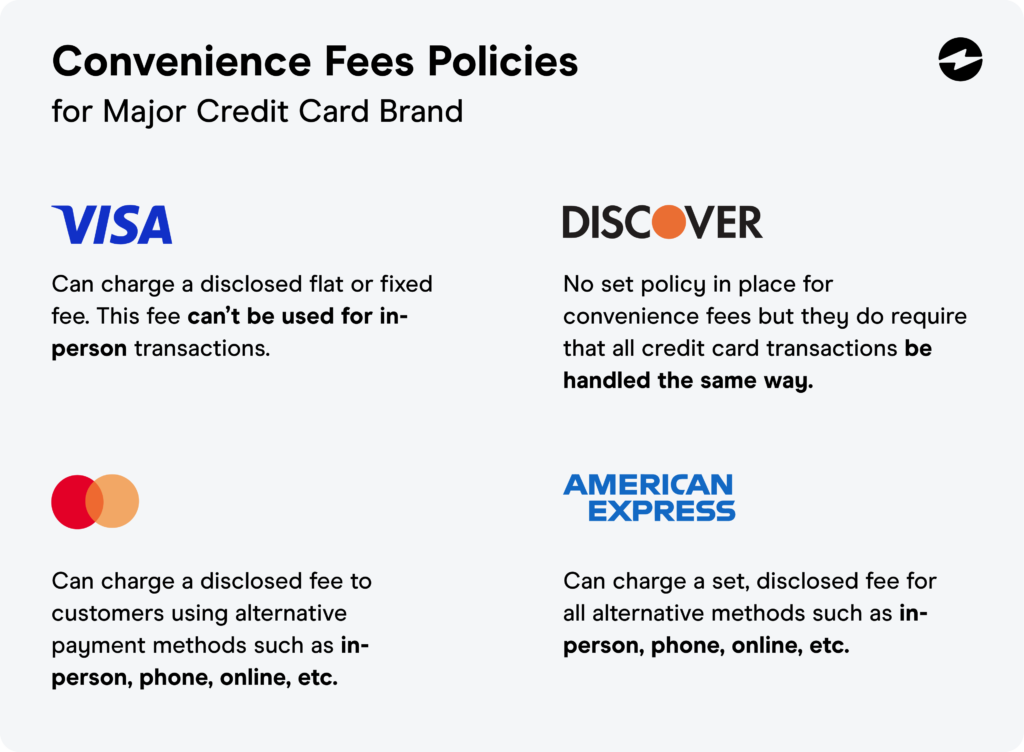
Credit card with no interest and no balance transfer fee offers a compelling proposition for consumers seeking financial flexibility and cost savings. These cards, often featuring introductory periods with zero interest charges and waived balance transfer fees, can be a valuable tool for debt consolidation, large purchases, or managing unexpected expenses. However, it’s crucial to understand the intricacies of these offers, including their terms, conditions, and potential downsides, to make informed financial decisions.
This guide explores the benefits and drawbacks of no-interest, no-fee credit cards, delving into their features, application processes, responsible use, and alternative financial products. By providing a comprehensive overview of this topic, we aim to equip readers with the knowledge needed to navigate the complexities of these cards and make the most of their potential.
Credit Cards with No Interest and No Balance Transfer Fees
Credit cards with no interest and no balance transfer fees offer a unique financial advantage by eliminating interest charges on purchases and balance transfers. This type of credit card is particularly appealing to individuals looking to manage debt effectively or consolidate existing high-interest balances.
Target Audience
These cards are designed to appeal to a diverse range of consumers, including:
- Individuals with existing credit card debt seeking to reduce interest charges and save money on monthly payments.
- Consumers planning a significant purchase, such as a home renovation or a new car, who want to avoid accumulating interest on their credit card.
- People looking to consolidate multiple credit card balances into a single account with lower interest rates.
Benefits of Using No-Interest and No-Balance Transfer Fee Cards
These cards offer a number of advantages, including:
- Reduced Interest Charges: No interest charges on purchases or balance transfers allow consumers to save money and pay off their debt faster.
- Flexibility in Managing Debt: The absence of balance transfer fees makes it easier to consolidate debt from multiple cards into a single account, simplifying debt management.
- Potential for Building Credit: Responsible use of these cards can help improve credit scores, as long as balances are paid off on time.
Drawbacks of Using No-Interest and No-Balance Transfer Fee Cards
While these cards offer significant benefits, it’s important to consider potential drawbacks:
- Introductory Period: The no-interest period is typically limited to a specific timeframe, after which standard interest rates may apply. It’s crucial to pay off the balance before the promotional period ends to avoid accumulating interest.
- Annual Fees: Some no-interest and no-balance transfer fee cards may have annual fees, which can offset the savings from no interest.
- Limited Availability: These cards may not be readily available to everyone, and approval depends on creditworthiness and other factors.
Benefits

Credit cards with no interest and no balance transfer fees offer significant financial advantages for consumers, especially those looking to manage debt or make large purchases. These cards provide a unique combination of benefits that can save you money and simplify your financial management.
No Interest Charges
No interest charges on purchases or balance transfers can significantly reduce the overall cost of borrowing. You can avoid accruing interest, which can quickly escalate your debt burden. This benefit is particularly valuable for individuals who need to make large purchases or consolidate existing debt.
For example, if you have a $5,000 balance on a credit card with a 18% APR, you could pay over $1,000 in interest over a year. With a no-interest credit card, you would only pay the principal amount, saving you a significant amount of money.
Zero Balance Transfer Fees, Credit card with no interest and no balance transfer fee
Zero balance transfer fees eliminate the cost associated with moving your debt from one credit card to another. This allows you to consolidate your debt onto a single card with more favorable terms, such as a lower interest rate or a 0% introductory APR.
For instance, if you have multiple credit cards with high balances and interest rates, you can transfer them to a no-interest, no-balance transfer fee card to simplify your debt management and potentially save money on interest charges.
Considerations
While no-interest, no-fee credit cards offer a tempting solution for managing debt or making large purchases, it’s crucial to consider several factors before committing to one. These cards can be beneficial, but understanding their nuances and potential drawbacks is essential for making informed financial decisions.
Understanding the Terms and Conditions
The allure of no-interest and no-fee credit cards can be misleading if you don’t thoroughly understand the fine print. The terms and conditions of these cards, including introductory periods and APRs, are crucial to consider.
- Introductory Periods: The no-interest period is usually temporary. After the introductory period expires, the standard APR kicks in, which can be significantly higher. It’s vital to be aware of this deadline and have a plan to pay off the balance before the introductory period ends to avoid accruing interest.
- Annual Percentage Rate (APR): The APR represents the annual cost of borrowing money on your credit card. Even with no interest during the introductory period, the APR is still relevant. If you carry a balance after the introductory period, you’ll be charged interest at the standard APR, which can be substantial.
- Balance Transfer Fees: While these cards often advertise no balance transfer fees, there might be other fees associated with transferring a balance, such as a percentage of the transferred amount or a flat fee. Be sure to check for these hidden fees.
Potential Downsides of Relying Solely on No-Interest, No-Fee Cards
While these cards can be beneficial for short-term financial goals, relying on them exclusively can have potential drawbacks. Understanding these downsides can help you avoid common pitfalls and make more informed financial decisions.
- Overspending: The allure of no-interest can lead to overspending, as individuals may feel less pressure to pay off the balance promptly. This can lead to accumulating a large debt that becomes difficult to manage once the introductory period expires.
- Credit Score Impact: Using credit cards responsibly is essential for building a good credit score. While using a no-interest card can help you avoid interest charges, it’s crucial to pay off the balance in full and on time to maintain a positive credit history. Failing to do so can negatively impact your credit score, making it more difficult to obtain loans or credit in the future.
- Limited Availability: Not everyone qualifies for these cards. Credit card companies often have strict eligibility criteria, and individuals with poor credit history may not be approved. This can limit the availability of these cards to those with good credit.
Comparison

Navigating the world of no-interest, no-fee credit cards can be overwhelming, with numerous options available from various institutions. Understanding the nuances of each offer and identifying the features that align with your financial goals is crucial. This section compares and contrasts different credit card offers, highlighting key features to aid your decision-making process.
Key Features for Comparison
Different credit card offers can be compared based on several key features. These include:
- Rewards programs: Some cards offer cash back, travel miles, or points for spending. Understanding the redemption value and ease of use is essential.
- Spending limits: The credit limit determines the maximum amount you can charge on the card. A higher limit can be beneficial for larger purchases, but it also comes with a higher credit utilization ratio, which can affect your credit score.
- Eligibility requirements: Each card has specific eligibility criteria, including credit score, income, and debt-to-income ratio. Meeting these requirements is crucial for approval.
- Annual fees: While these cards offer no interest and no balance transfer fees, they may still have annual fees. Consider whether the rewards or other benefits outweigh the annual cost.
- Introductory APR period: This is the period during which the card offers a low or 0% APR. After this period, the APR reverts to the standard rate, so understanding the length of the introductory period is important.
Comparison Table
The following table compares five popular no-interest, no-fee credit card offers:
| Card Name | Issuer | Rewards Program | Credit Limit | Eligibility Requirements | Annual Fee | Introductory APR Period |
|---|---|---|---|---|---|---|
| Card A | Institution A | 2% cash back on all purchases | $5,000 – $10,000 | Good credit score, minimum income of $30,000 | $0 | 12 months |
| Card B | Institution B | 1.5% cash back on all purchases, 2% cash back on travel and dining | $1,000 – $5,000 | Fair credit score, minimum income of $20,000 | $0 | 18 months |
| Card C | Institution C | Points redeemable for travel, merchandise, and gift cards | $3,000 – $8,000 | Good credit score, minimum income of $25,000 | $0 | 15 months |
| Card D | Institution D | 0% APR on purchases for 12 months, then variable APR | $2,000 – $6,000 | Fair credit score, minimum income of $15,000 | $0 | 12 months |
| Card E | Institution E | 2x points on travel and dining, 1x point on all other purchases | $1,500 – $4,000 | Good credit score, minimum income of $20,000 | $0 | 18 months |
Note: This table is for illustrative purposes only and may not reflect the most up-to-date information. It is crucial to research and compare offers from different institutions before making a decision.
Application Process
Applying for a no-interest, no-fee credit card involves a straightforward process, typically completed online or through a phone call. The process involves providing personal information, financial details, and completing a credit check.
The application process for a no-interest, no-fee credit card typically involves the following steps:
Required Documentation
The documentation required for a credit card application varies depending on the issuer. However, common requirements include:
- Personal information, including your full name, address, date of birth, and Social Security number.
- Income information, such as your employment status, income level, and employer details.
- Credit history information, including your credit score and a list of existing credit accounts.
Processing Time
Once you submit your application, the issuer will review your information and make a decision. The processing time can vary depending on the issuer and the complexity of your application. In most cases, you can expect a decision within a few days.
Factors Influencing Approval
Several factors can influence the approval of your credit card application, including:
- Credit score: A higher credit score increases your chances of approval.
- Income level: A higher income level demonstrates your ability to repay the credit card balance.
- Debt-to-income ratio: A lower debt-to-income ratio indicates that you have less outstanding debt, making you a less risky borrower.
- Credit history: A positive credit history, with a history of timely payments, strengthens your application.
Alternatives: Credit Card With No Interest And No Balance Transfer Fee
While no-interest, no-fee credit cards offer a compelling way to manage debt and avoid interest charges, they’re not the only financial tool available. Several alternatives can provide similar benefits, each with its own set of pros and cons. Let’s explore some of these options and compare them to no-interest, no-fee credit cards.
Personal Loans
Personal loans are a type of unsecured loan that can be used for various purposes, including debt consolidation, home improvement, or medical expenses. They offer fixed interest rates and repayment terms, providing predictability in your monthly payments.
- Pros:
- Fixed interest rates and repayment terms offer predictable monthly payments.
- Potentially lower interest rates compared to credit cards.
- Can be used for various purposes, not just debt consolidation.
- Cons:
- May require a credit score to qualify.
- Interest rates can vary depending on creditworthiness.
- Origination fees may apply.
Balance Transfer Loans
Balance transfer loans are designed specifically to help consumers consolidate high-interest credit card debt. These loans transfer your outstanding credit card balances to a new loan with a lower interest rate, potentially saving you money on interest charges.
- Pros:
- Lower interest rates than credit cards, helping you save on interest charges.
- Can consolidate multiple credit card debts into a single loan, simplifying your payments.
- Some lenders offer promotional periods with 0% interest, providing a grace period for repayment.
- Cons:
- Balance transfer fees may apply.
- Interest rates may increase after the promotional period ends.
- May require a credit score to qualify.
Ultimate Conclusion

In conclusion, credit cards with no interest and no balance transfer fee can be a valuable financial tool when used responsibly. By understanding the terms, conditions, and potential downsides, consumers can leverage these cards to their advantage. Remember to pay off the balance in full before the introductory period ends and to carefully consider the alternatives available to make the most informed financial decisions. By approaching these cards with a strategic mindset, you can unlock their potential for financial freedom and navigate the complexities of credit card management with confidence.
Query Resolution
What happens after the introductory period ends?
Once the introductory period expires, the standard APR (Annual Percentage Rate) of the card applies to any remaining balance. It’s essential to pay off the balance in full before the introductory period ends to avoid accumulating interest charges.
Are there any hidden fees associated with these cards?
While these cards typically don’t have balance transfer fees, they might have other fees, such as annual fees, late payment fees, or over-limit fees. It’s crucial to carefully review the terms and conditions to understand all associated fees.
How can I find the best no-interest, no-fee credit card for me?
Consider factors like your credit score, spending habits, rewards programs, and eligibility requirements when choosing a card. Comparing offers from different institutions can help you find the best fit for your needs.





